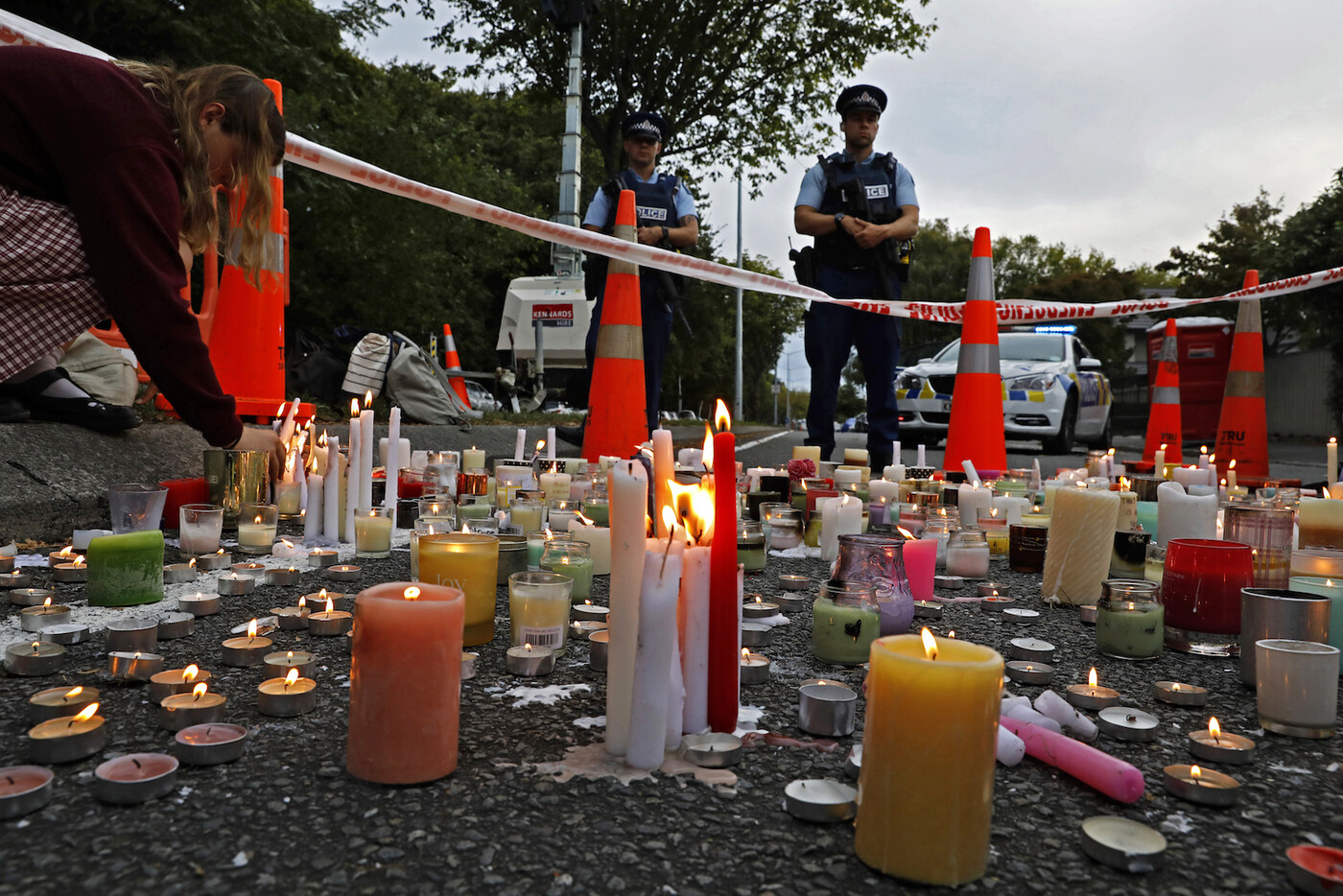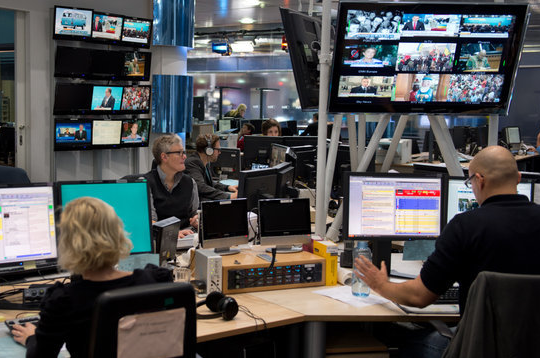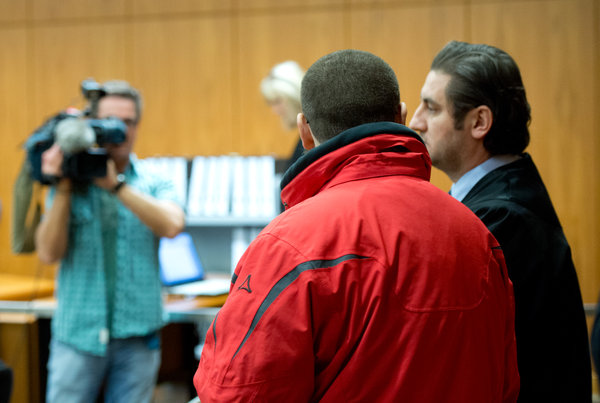Using the right terminology
"Call it what it is and be specific": Charlie Beckett of London School of Economics calls for precise, concrete, and consistent language when reporting on right-wing extremism and terrorism. In his 2016 report, Fanning the Flames: Reporting on Terror in a Networked World, he discovered that terms like "lone wolf", "evil", or even "terrorist" are commonly used in the media because they resonate with readers. Yet, they are not consistently understood because they have little factual meaning and are not legally defined.
Simone Rafael from Amadeu Antonio Stiftung, a German foundation that counters far-right parties, shares a similar perspective. She also advises that journalists explain why they are using specific labels: "What exactly about the attack was ‘right-wing extremist’, ‘racist’, or ‘antisemitic’? That should be clarified to the reader," she says.
It is also important to call out racist acts for what they are, rather than trivialize them as "xenophobic". Rafael says these two terms often used interchangeably by the German press: "Right-wing violence is not xenophobic, it is directed at People of Color. Not Danes, or the Irish, or even only foreigners, but towards people born in Germany. That is racism and should be labeled as such."
Discrepancies also exist when comparing right-wing and Islamist extremists. Andrea Röpke, journalist and far-right extremism expert, notes that the phenomenon of right-wing extremism is trivialized when "right-wing extremists are portrayed in the media from a more personal lens, such as ‘a schoolchild gone bad’ while Islamist extremists are quickly labeled as terrorists." A 2019 study backs this up: Muslim extremists are three times more likely to be called terrorists than far-right extremists.
Focusing on those affected
After a racially-motivated attack, the focus is often on the attacker. But according to Röpke, it is crucial to highlight the consequences of the attack on those affected or intimidated by it. She therefore recommends speaking more frequently with those affected and ensuring that they receive the support they need.
Matthias Quent, director at Jena’s Institute for Democracy and Civil Society, wants to see more media coverage that explores the effect of right-wing extremism on society as a whole: "How does it devalue entire groups and violate our societal value system?". He argues that of utmost importance in media coverage is to emphasize that the victims are not at fault for what has happened to them.
The media should be wary of quoting the attackers directly, says Charlie Beckett: "Once we have labeled the attacker’s ideology, for instance ‘white nationalist’, there is no need to continue quoting from their manifesto. This can play into the hands of extremists who want their ideology spread to a wider audience." After the Christchurch mosque attacks in New Zealand, for instance, media organizations developed guidelines that limited the use of direct quotes or symbols in reporting that could promote white supermacist ideology.
Researching thoroughly and avoiding clichées
"Quicker is not always better," cautions Andrea Röpke. The media must react swiftly to breaking news, yet Röpke advises her colleagues to take the time to do thorough and independent research, speak to experts, and analyze the social context.
One thing Rafael hopes will fade out entirely? "That cliché image of Neonazis in black boots with white laces," she laments, "It perpetuates an idea of right-wing extremism as a phenomenon on the fringes of society that is oversimplified and outdated."
By Sophia Burton



